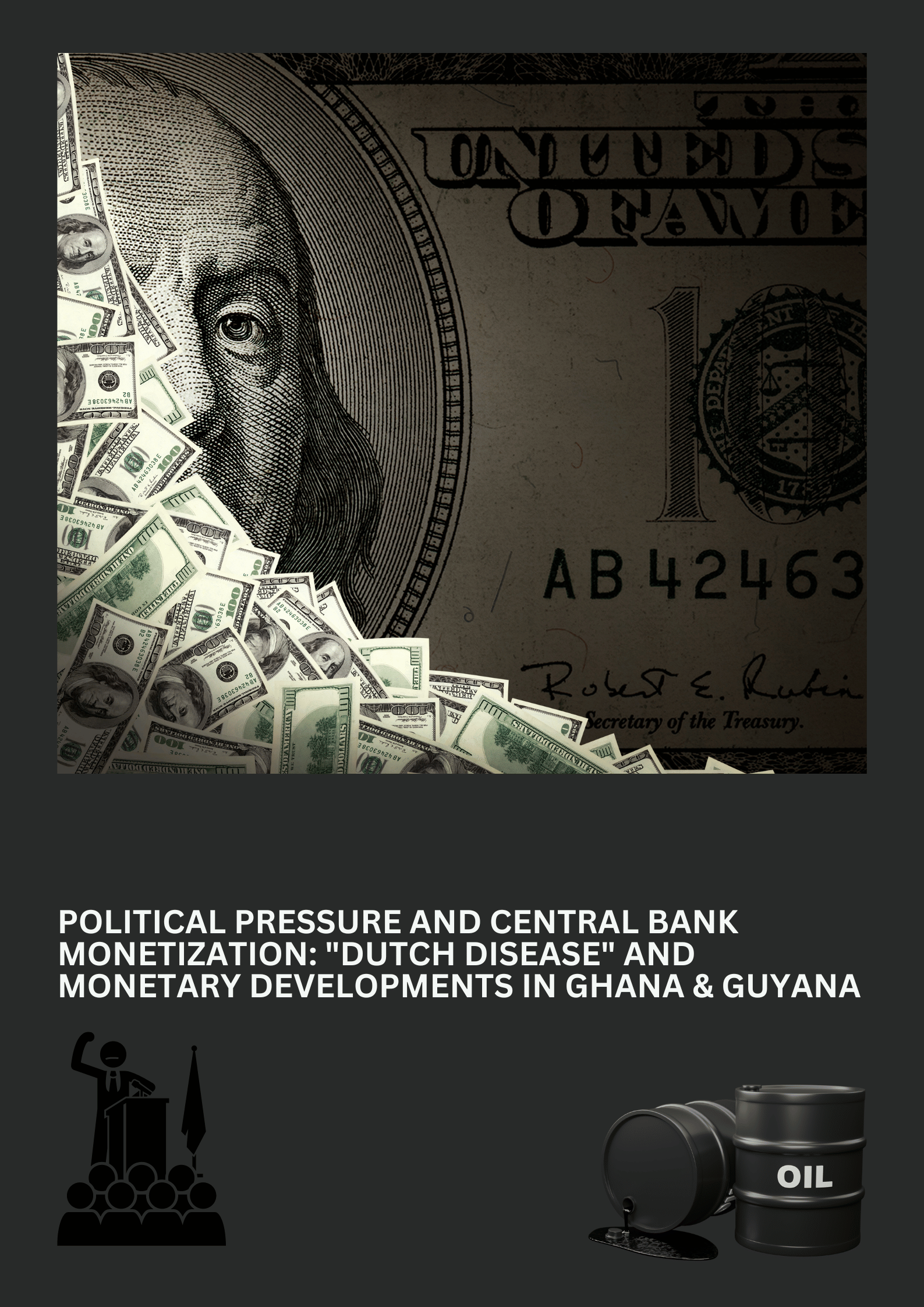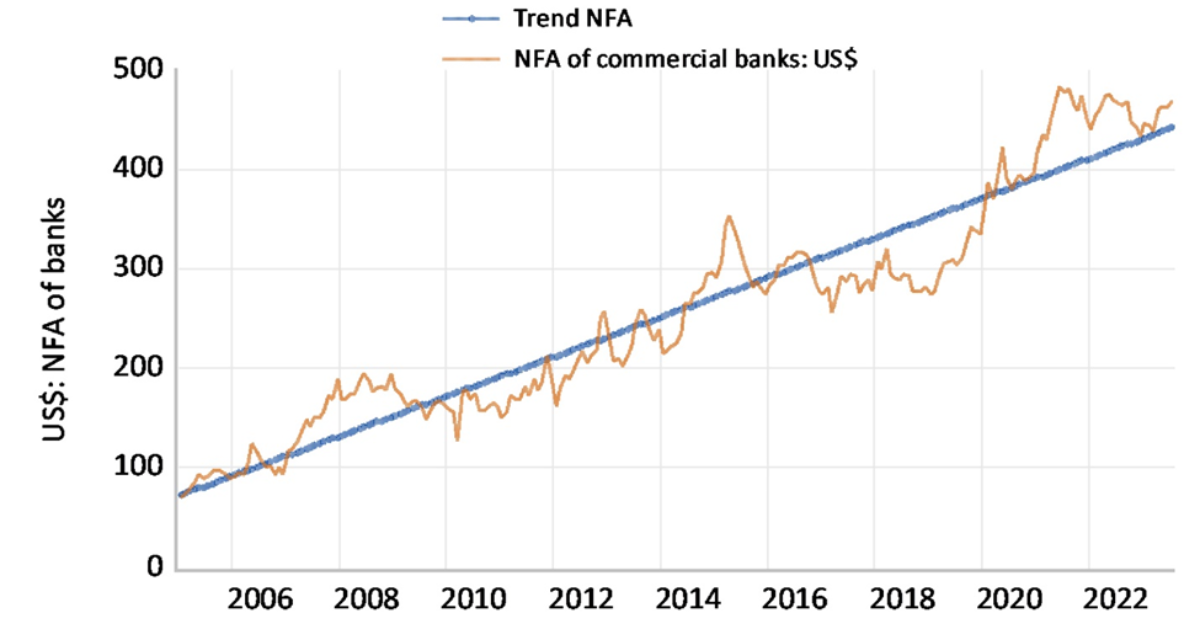The second part in this series addressed the question of how much money Guyana will likely receive. It is generally known today that the Production Sharing Agreement (PSA) is quite favourable toward ExxonMobil. We tried to understand this within the context of the Anglo-American corporate governance framework, which sees a corporation as having the sole objective of maximizing the investment return of shareholders. ExxonMobil’s profit motive is in direct conflict with the required revenues for Guyana’s development. The column also briefly explored how financial engineering might be used to maximize the cost liabilities of ExxonMobil, thereby minimizing the profit share going to Guyana. Indeed, one market analyst, Jessica Tippee – writing in Offshore back in July 2016 – noted that the PSA makes the economics of the Guyanese offshore oil attractive.
Renegotiating the PSA will not be easy because of the recent significant corporate tax cut from 35% to 21%, which allows ExxonMobil to shift operations away from the eastern countries to the Western Hemisphere and American shale oil. ExxonMobil announced this week that it will triple production in the Permian Basin to 600,000 barrels per day by 2025. Shale production is nimble and the average cost of production very competitive owing to technological improvement, thereby allowing the shale producers to reduce or rapidly expand production overnight depending on the market price.
Since there are at least 3.2 billion (most likely an unannounced 7 billion) barrels of recoverable oil in the offshore fields of Guyana, we can see a scaling up of barrels per day production once ExxonMobil and partners still believe the PSA is advantageous and competitive relative to their production in American shale. If Guyana is going to realize substantial revenues it will result from scale and not the attractiveness of the agreement that was negotiated by government. This will furthermore depend on several political factors and even the mojito the ExxonMobil CEO is drinking. Essentially, ExxonMobil will arbitrage production between the Guyana offshore and shale oil at home. It will play one side off against the other to achieve the highest possible return for shareholders and the CEO’s retirement package.
A scaling up of operations after 2024 could see Guyana receiving between US$2.8 billion to US$4.6 billion per year. Guyana’s GDP as at end 2016 is around US$3.0 billion. The economy will not get substantially larger by 2020 given the present collapse in economic growth, the cause of which I explored in six Development Watch columns. From 2020 to 2024 there might not be significant increase in production beyond the projected 100 thousand barrels per day, so the normal range of about US$300 to US$450 million is more likely. However, the post-2025 scenario could see large amounts of revenues relative to GDP.
Regardless of which scenario plays out, the revenues will go towards central government which becomes the provider or conduit of economic development. Only a small segment of the private businesses will benefit directly and there will be just a few direct employment of locals. This is not the fault of ExxonMobil; it’s the nature of the capital intensive business. The onus is on Guyanese political leaders and not ExxonMobil to deliver the development. Overnight, therefore, Guyana becomes a petro state in which the taxes collected from citizens become less important in overall government revenues. Presently Guyana’s tax revenue base is around US$830 million per year. If there is scaling up of production, most government revenues will come from profit share and 2% royalty and leaders could be tempted to ease off on domestic taxation.
Meanwhile, with a high degree of certainty, one can expect that crucial institutions necessary for development will remain sticky, meaning there will be no serious constitutional overhaul (perhaps some tinkering to solidify the political duopoly that presently exists), electoral reform or attempt to make the civil service free from political interference. Therefore, in all likelihood Guyana will become locked into its present political arrangements. There will be flowing and volatile oil revenues, but gummy institutions.
The classic feature of a petro state is the diminished importance in domestic tax revenues. Democratic accountability to citizen taxpayers would tend to wane as most revenues going to central government come from a foreign oil giant. In petro states, oil revenues can then be used for providing patronage to base supporters and placating or repressing opposition forces. I have a hunch there will be a tacit agreement between the two main political forces via placating the elites of the losing party with ample patronage. However, there could be repression of media, an independent political party which presents a credible electoral threat, academics and civil society organizations. This all implies that the tenuous Guyanese democracy is not going to consolidate under plentiful oil revenues.
Note, democratic consolidation is a term used by political scientists and political economists to mean a new democracy is mature enough such that it cannot revert to authoritarianism unless there is some catastrophic external shock. However, large amounts of oil revenues engender a sense of over optimism among political leaders encouraging them to kick reforms a few decades into the future. Will there be a consolidation of Guyana’s tenuous post-1992 democracy? A democracy that was under threat from very evening of October 5, 1992? Those of us who worked as polling agents in some parts of George-town saw the threat and understand the fragility of this democracy.
Professor Jay Mandel, who published in the early 1970s (and after) seminal work on Guyanese economic history, provides an escape route. In a recent presentation to honour Professor Clive Thomas, he argues for part of the oil revenues – assuming they are large enough relative to GDP – to be used for moving Guyanese inland away from the coastal plain. This becomes a necessity given rising sea level from global warming. It is ironic that the very fossil fuel accounting for heating up the temperature could provide revenues for Guyana to move inland.
Any such movement will require political consensus between the two main parties. Both will have to feel ownership of the hinterland projects or there will be waste and the persistent tit-for-tat conflict would continue, while
revenues are used along the lines suggested above for petro states.
Mandel also suggested that there should be a stabilization fund as well as a sovereign welfare fund. I tend to believe if all the political forces agree (and that’s a big if), Guyana would be better off using the revenues for a stabilization fund, incentive-based social welfare programmes, strategic industrial policy and moving inland. Make no mistake, hinterland living is going to be costly (those who scouted the British Guiana hinterland for Jewish and Turkish Assyrian settlements understood this) and settlements will be removed from deep water ports. However, climate change necessitates moving inland instead of locking money away in a sovereign wealth fund. Providing the infrastructure to move inland is in part equivalent to transferring moneys to future generations.
In concluding this essay, I wish I could say the coming petro state will operate more like Peter Evan’s developmental state. However, it might be better to focus the discussion from the bad contract to optimum utilization of the coming oil revenues. In the next column, we will continue to explore this topic.
By Tarron Khemraj









